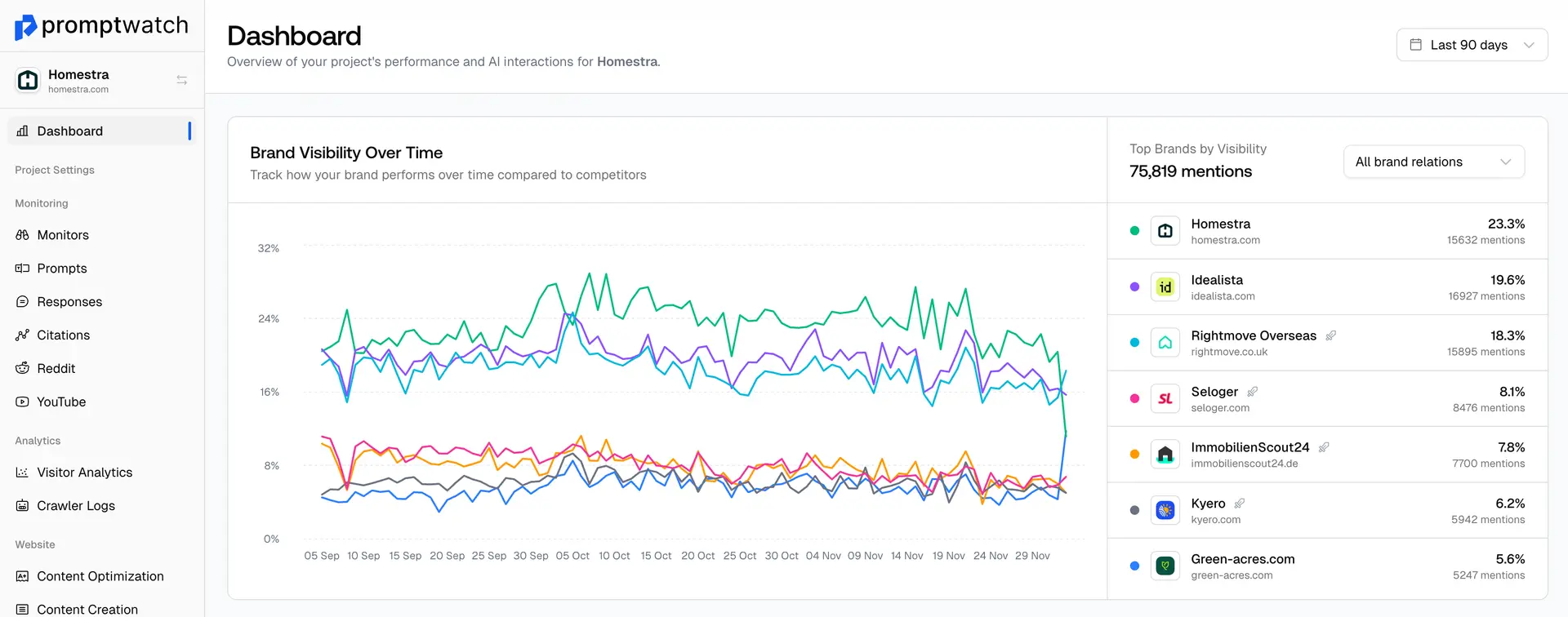Definition
Search Intent Classification is the process of categorizing search queries based on the underlying user goals, motivations, and expected outcomes that drive search behavior. This classification system helps search engines and AI systems understand what users are trying to accomplish and deliver the most appropriate content and responses.
Modern search intent classification goes beyond simple keyword matching to understand the context, purpose, and desired outcome of each query. This understanding enables more accurate content matching and better user experiences across search platforms.
The primary search intent categories include informational intent (seeking knowledge or answers), navigational intent (looking for specific websites or pages), transactional intent (ready to make purchases or take actions), and commercial investigation intent (researching before making decisions).
In the AI era, search intent classification becomes even more sophisticated as AI systems can understand nuanced intent, context-dependent queries, and multi-faceted information needs that traditional classification systems might miss.
Effective search intent optimization involves analyzing query patterns and user behavior, creating content that matches specific intent categories, understanding the user journey across different intent stages, and adapting content strategies to align with how users express their needs in different contexts.
Examples of Search Intent Classification
- A user searching 'how to change car oil' has informational intent expecting step-by-step instructions and guidance
- Someone querying 'iPhone 15 review' has commercial investigation intent seeking detailed product evaluations and comparisons
- A search for 'Facebook login' demonstrates navigational intent where users want to reach a specific destination
- Users asking 'best coffee shops near me' have transactional intent expecting local business recommendations and contact information
